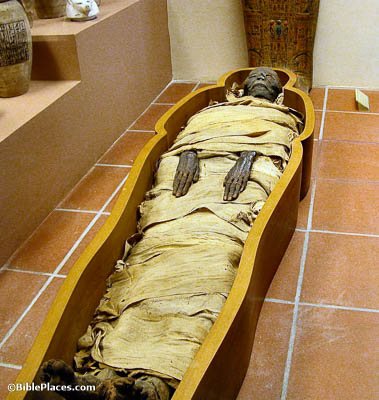Jesus . . . came to the tomb. It was a cave, and a stone lay against it (John 11:38).
The traditional tomb of Lazarus has gone through so many alterations over the centuries that it is hard to get a sense of what it looked like originally. This entrance isn’t even the original one—it was carved out by the Franciscans in the 16th century after the first entrance became blocked by a mosque. Fortunately, the original antechamber and burial chamber are still accessible.






